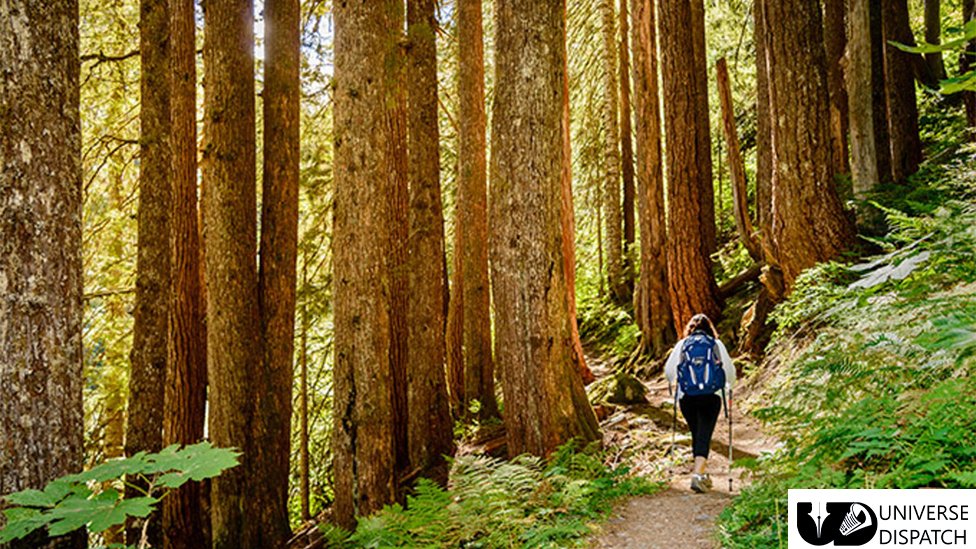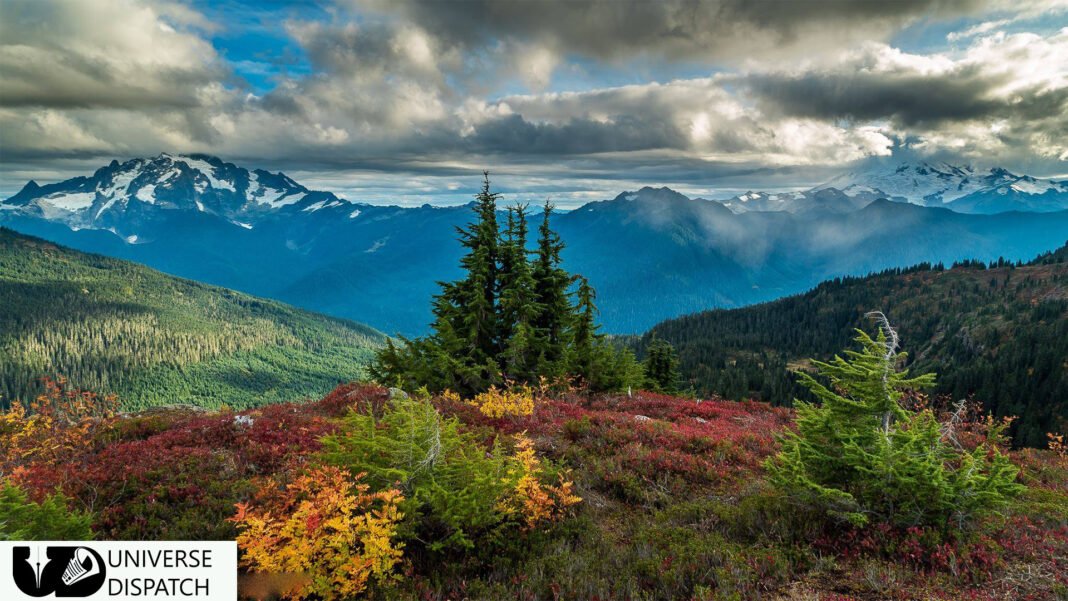Introducing Washington’s National Parks
Washington is blessed with some of the roughest, diverse scenery in the lower 48 states with snow seized peaks are rarely seen on this scale outside Alaska, ragged coasts strewed with timber stripped by the waves. Moreover, pin-drop quiet forests, and active stratovolcanoes right in the backyard of the Evergreen State’s major metros, there’s nowhere else quite like it.
So it should come as no surprise that Washington is home to three national parks. Each of which contains some of the state’s best natural areas and unique ecosystems. Whether you’re hoping to hike, camp, rock climb, ski, raft, or simply chill by the lake in the lodge with a mug of Washington’s famous coffee.
There is no shortage of experiences to be found in Mt. Rainier National Park, North Cascades National Park, and the Olympic National Park. From coasts to caves, moss-strewn trees to slopes buried under ice-blue glaciers, there’s a lot of ground to cover. That’s why we wanted to introduce each of these special places and a little bit about their history, their best features, and where to get started for an unforgettable adventure.
Mount Rainier National Park
The fifth-highest peak in the contiguous United States, majestic Mt Rainier is also one of the country’s most tricky mountains. Moreover, the Native Americans called the mountain Tahoma or Tacoma, meaning the ‘mother of waters’. On the other hand, George Vancouver named it Rainier in honor of his colleague and friend Rear Admiral Peter Rainier. However, most Seattleites refer to it reverently as ‘the Mountain’ and forecast the weather by its visibility.
Many of the trails in the park, including those to the summit, are anchored in Paradise, also home to the iconic Paradise built-in 1916. One of the snowiest places on earth, 5,400ft-high Paradise remains the park’s most popular draw. Moreover, with its famous flower meadows backed by dramatic Rainier views on the days when the mountain decides to take off its cloudy hat.
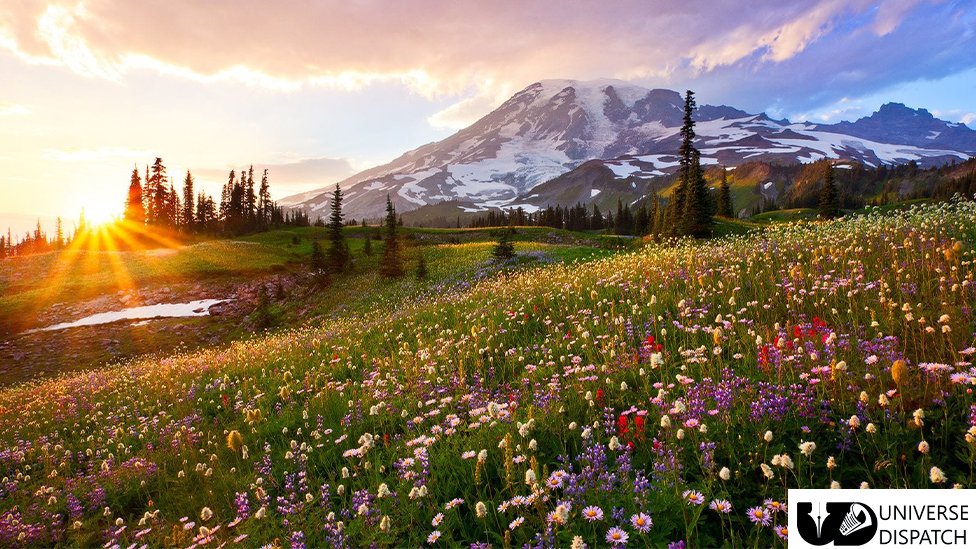
Hiking near Mountain Rainier
The mountain’s foothills harbor numerous hiking trails and huge swaths of flower-carpeted meadows. When the clouds magically disappear during long, clear days in July and August. It becomes one of Washington’s most paradisiacal playgrounds.
Moreover, if you have the time, plan a hike all the way around it on the 93-mile Wonderland Trail. For a shorter hike from Longmire, you can test your mettle on the precipitous Eagle Peak Trail, a steep 7.2-mile out-and-back hike. On the other hand, Entrance fees are $15 for individual adults, $25 per motorcycle, $30 per single vehicle, or $55 annually. Park entrance fees are valid for seven days.
The driving loop around the mountain is 147 miles and the main roads are usually open mid-May through October. You’ll need your own car preferably one with plenty of clearance, to navigate the park especially in areas like Mowich Lake.
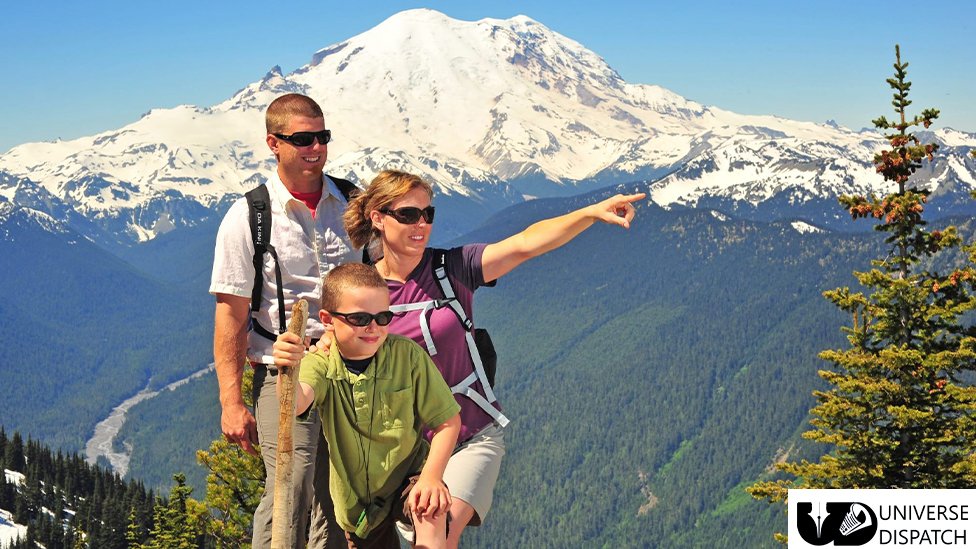
North Cascades National Park
Start off in 1968, North Cascades National Park feels like Alaska transplanted into the lower 48. Moreover, a thousand square miles of dramatic, daunting wild country strafed with mountains, lakes, glaciers, and wildlife, but with almost no trace of civilization and only one road.
On the other hand, Erratic weather, massive precipitation, thick rainforest, and vertiginous cliffs have long ensured the remoteness of the park’s mountains. Moreover, steep, alpine behemoths furnished with names like Mt Terror, Mt Fury, Mt Despair, and Forbidden Peak.
Enthusiastic, bushwhackers and free-climbers love the unique challenges offered by most of the peaks that weren’t climbed until the 1930s. However, in order to taste the park’s real gritty essence, you’ll need a good pair of hiking shoes and, ideally, a tent, a rucksack, and a gung-ho sense of adventure.

Hiking and Rafting in the North Cascades
One of the park’s most challenging but rewarding day hikes is the strenuous Sourdough Mountain Trail which gains a mile in height for the 5.5 miles travel on the ground. Moreover, a pullout off Hwy 20 known as the Diablo Dam Overlook provides incredible views of the turquoise-green lake framed by glacier-capped peaks.

There is no entrance fee to access North Cascades National Park. Free permits require for backcountry camping in the park. And must obtain in person from the Wilderness Information Center or at a park ranger station.
However, the Ross Lake Resort runs twice-daily ferries from the ferry dock situated on the right just after you cross the Diablo Dam. Ferries leave at 8:30 am and 3:00 pm. And take you to the end of Diablo Lake, where the resort’s supply truck will drive you the rest of the way.
Olympic National Park
Declared a national monument in 1909 and a national park in 1938. The 1406-sq-mile Olympic National Park shelters a unique rainforest, copious glaciated mountain peaks. And a 57-mile strip of Pacific coastal wilderness added to the park in 1953.
The park’s distinct and highly biodiverse ecosystem is rich in plant and animal life. Much of it – such as the majestic Roosevelt elk, indigenous to the region. Moreover, the enchanting Quinault River Valley is one of Olympic National Park’s least crowded corners. The lake itself offers plenty of activities such as fishing, boating, and swimming. While upstream both the north and south branches of the Quinault River harbor a couple of important transport trails.
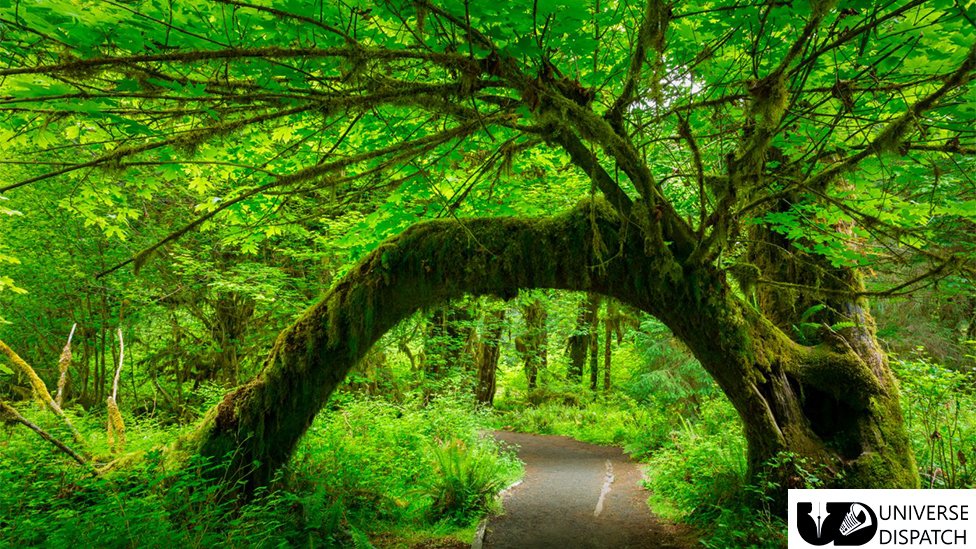
Hiking Olympic National Park
The best stop-off points are in a parking lot to the right of US 101 near the Storm King Ranger Station. A number of short hikes leave from here, including the Marymere Falls trail. A 2-mile round trip to a 90ft cascade that drops over a basalt cliff.
However, for a more energetic hike, climb the side of Mt Storm King, the peak that rises to the east of Lake Crescent. The steep, 1.7-mile ascent splits off the Barnes Creek Trail. Moreover, Entrance fees are $15 for individual adults, $25 per motorcycle, $30 per single vehicle, or $55 annually. Rowboat rentals are available at Lake Crescent Lodge in the summer months.
